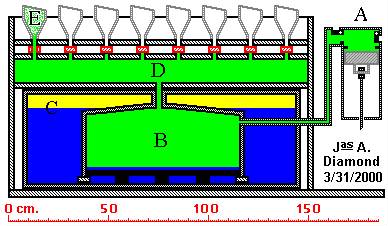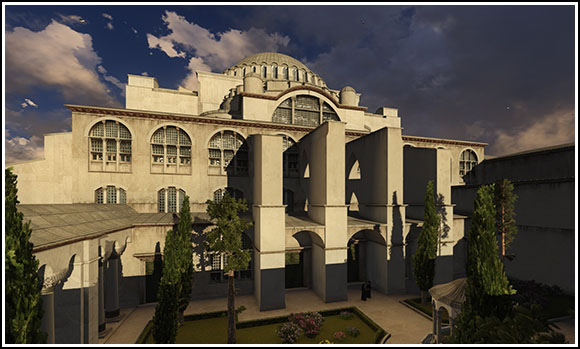
Brooklyn Museum: "This exhibition will examine the role of twenty-one extraordinary Roman-period mosaics, which were acquired by the Museum in 1905, in the development of synagogue decoration in the late Roman Empire. Approximately thirty-eight related artifacts, such as contemporaneous textiles, marble statues, gold jewelry, and bronze ritual objects, will be included. The presentation will also investigate the origins of synagogues, the development of Jewish art in the Roman period, female patronage in the ancient synagogue, the differences between early Christian and Jewish symbolism in art, and the relationship between ancient and modern synagogues.
Twelve of the mosaic panels that will be on display were part of the sanctuary floor of the synagogue in Hammam Lif, Tunisia (the ancient Punic city of Naro, later the Roman Aquae Persianae), the primary subjects of which are Creation and Paradise. The Latin inscription on the floor panels indicates that Julia of Naro gave the floor to the community. Two menorahs flank the inscription. Included are depictions of a tree in Paradise, sea animals and birds in a scene portraying Creation, and symbolic birds and baskets that relate to the themes of Creation and the coming of the Messiah. Decorative motifs include birds and fruits. The remaining nine panels come from other rooms in the building and other nearby buildings. They depict animals, a male figure, and a female figure."



